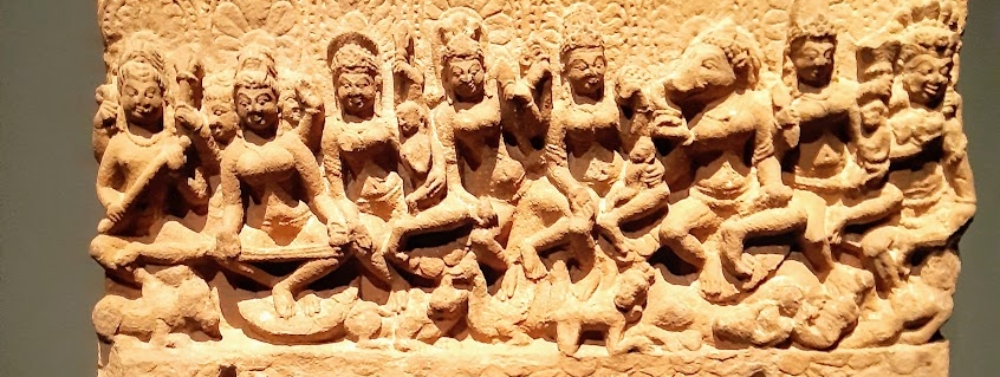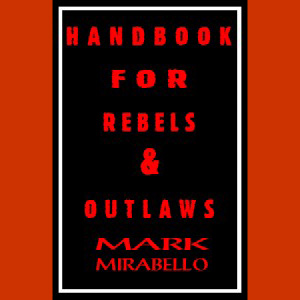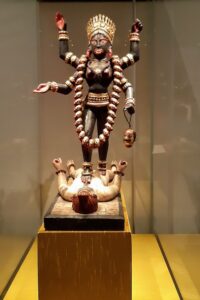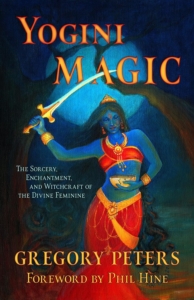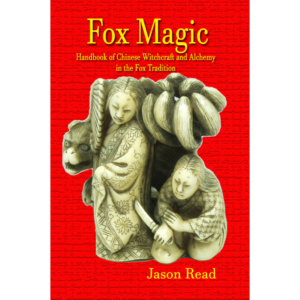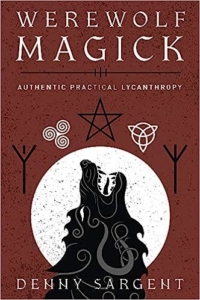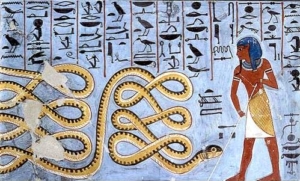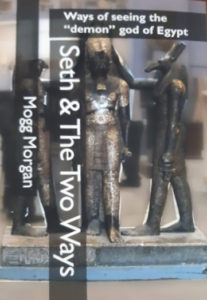In Memoriam: Dr Mark L. Mirabello
It is with great sadness that we, at Mandrake of Oxford, mark the passing of Dr Mark L. Mirabello, an extraordinary author, historian, and thinker whose contributions have left an indelible mark on the world of alternative thought and esoteric studies.
Dr Mirabello was a man of profound intellect, boundless curiosity, and a deep understanding of the margins of human civilization. His works, The Cannibal Within, Handbook for Rebels and Outlaws, and The Odin Brotherhood, published by Mandrake, testify to his fearless exploration of taboo subjects, supernatural mysteries, and the untamed spirit of rebellion. His writing informed and inspired readers to think deeply and challenge conventional wisdom.
Beyond his written works, Dr. Mirabello was a captivating lecturer and an engaging voice on television, radio, and podcasts. From his appearances on Ancient Aliens to his thought-provoking discussions on afterlife concepts, he reached audiences far and wide, sharing his unique insights into the esoteric and the enigmatic.
Dr Mirabello’s passing is a profound loss to academia, publishing, and everyone drawn to the frontiers of thought. We at Mandrake are honoured to have been part of his journey and to have published his remarkable works, which will continue to inspire and provoke long after his passing.
Our heartfelt condolences go out to his family, friends, and all those who cherished his wisdom and wit. Dr. Mirabello’s legacy lives on in the pages of his books and in the minds of those who dare to explore the unknown.
Rest in power, Dr. Mirabello. You will be deeply missed.
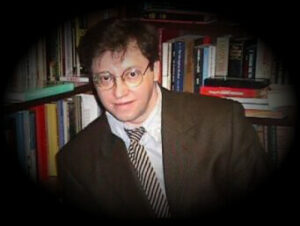
Dr Mark L. Mirabello
Dr. Mark L. Mirabello, a distinguished historian and author, is a Professor Emeritus of History at Shawnee State University and has served as a Visiting Professor at Nizhny Novgorod University in Russia. Known for his expertise in “outlaw” history, he delves into the fringes of human civilization, covering topics such as death and the afterlife, alternative religions, cults, secret societies, myths, and legends.
Dr. Mirabello has gained recognition for his media appearances, including discussions on “deadly cults” on the History Channel’s Ancient Aliens and America’s Book of Secrets. He has also appeared alongside Noam Chomsky in The Kingdom of Survival and has been featured on Gaia TV’s Open Minds discussing afterlife concepts. His insights have been sought on prominent radio shows and podcasts, including Coast to Coast AM, The Conspiracy Show, and Darkness Radio.
As an author, Mirabello explores themes of the supernatural (The Traveler’s Guide to the Afterlife), the unnatural (The Cannibal Within), and societal rebellion (Handbook for Rebels and Outlaws). His academic credentials include a Ph.D. from the University of Glasgow, an M.A. from the University of Virginia, and a B.A. from the University of Toledo.
Dr. Mirabello’s work reflects a unique blend of historical scholarship and an interest in the esoteric, offering insights into the margins of civilization and the human experience.
John Wisniewski in Conversation with Mark Mirabello: Insights into the Unseen
To this day, I do not know why my contact with the Odin Brotherhood occurred. Was I “chosen” to reveal their lore, or, using the words of Philip Dick, the great writer of science fiction, was I was “picked at random”?
After my initial contacts, I was “tested”—put through an ordeal. By letter, I was instructed to go to a certain location in London at a specific time. I made the six-hour train journey, but the address was fake (no such street or number), and no one was there. Later, I received a second letter. This time, the address in London was real, but no one was present. Of course, I saw the pattern and I assumed the third letter would direct me to a real address with real people, and I was correct.
Having passed the test, I was invited to dinners, usually in Edinburgh or London, and we dined only at night, during the time of the new moon. One evening, after discussing the legendary “13 Society, they suddenly began discussing The Odin Brotherhood. All the material in my book is from these discussions and years of research into Norse paganism and Indo-European religions.
The first draft was a bland academic text, and the result violated my favourite principle: “The historian must make the dead come alive, and not put the living asleep.” One member of the Brotherhood, who saw my draft, said, “You must write a book that will be read centuries from now. For Odinists, make a Bhagavad Gita, a Tao Te Ching, or a Gospel of Luke.
Time will tell if I succeeded.
A common question is why, in our modern world, the Odin Brotherhood remain a secret.
Thanks to the discovery of a manuscript of 29 poems of the Eddaic Verses in 1643 (the Brotherhood claims the verses were revealed rather than discovered), the publication of my book, and the publication of Jack Wolf’s book The Way of the Odin Brotherhood, their lore is no longer secret.
What is secret and will remain secret are the identities of the members. Why? Like Odin himself, the Brotherhood thinks in terms of centuries. When dragon ships were sailing the seas and the Christians were running like frightened mice, who could have guessed that one day the followers of the Galilean would dominate? The Brotherhood knows that the “Burning Times” will return– perhaps 500 years from now– but they will return, so secrecy is still necessary.
The Koran, the infallible word of “The God” for 1 billion Muslims–contains this command: “Fight and kill the pagans wherever you find them….”
Islam is on the march–Islam defeated the Russians, the Americans and NATO in one lifetime–so they are coming.
The Cannibal Within
The mutilated woman, with her “queerly pale skin” branded with “strange hieroglyphic symbols,” actually did visit my university office at Shawnee State University, as described in the preface of The Cannibal Within.
I do not specifically know what brought the stranger to my office, but her outrageous and revolting story fascinated me. She claimed that “unknown superiors” exist—that her friend had been eaten alive—that she had been raped by arm-length penises covered with veins—and that she had escaped from a cage in a subterranean world. I listened to her story and never again saw her.
Later, when I discovered that Oscar Kiss Maerth, a German writer, argued that devouring the soft, wet contents of any cranium caused evolution and that devouring cooked dead meat retarded our intellectual evolution, I was struck by the coincidence (the woman had made the same claim).
I was also struck by her assertion that paranormal activities in our world are caused by these creatures, which have finite telepathic abilities. To quote my novella:
During their stealthy forays into our world, these masters of illusion can appear in any number of forms. Always seen at night, they may appear as Puritanic gods, bringing commandments or revelations, beautiful succubi, flaunting their high and youthful breasts, androgynous angels, pulsating with light and fire, ghoulish old vampires, lusting for blood and shapely flesh, kindly space travellers, conveying messages of hope and peace, and malignant grey aliens, stalking victims for their vivisections.
So, I decided to write the story. I blur the lines between fact and fiction—that is called roman à clef—so Mogg Morgan, the publisher-in-chief at Mandrake of Oxford, released it as a horror novella.
In the past, certain individuals declared that only sacred knowledge—knowledge found in the Bible or the Koran—was valuable, and all other books should be destroyed.
Today, some people ignore or ridicule magical lore, myths and Fortean phenomena because they insist that only scientific knowledge—knowledge derived from our senses and our instruments– is legitimate knowledge. I study all knowledge, but I spend a great deal of time on the occult precisely because it is despised today. As Aleister Crowley said, “The dead dog floats with the stream; in Puritan France the best women are harlots; in vicious England the best women are virgins.”
The modern West is a herd stampeding toward science, so the Occult attracts me.
Handbook for Rebels and Outlaws
Nietzsche said we are now pygmies with equal rights. I wrote the Handbook for Rebels and Outlaws for “intellectual swashbucklers” who understand that “freedom is a treasure that must be stolen.”
A citizen, it is true, may complain, make suggestions, or cause disruptions, but in the ancient world, these were privileges that belonged to any slave. The book covers a wide variety of topics, including non-violent resistance, asymmetric warfare, revolutionary cells, clandestine communications, and surviving disasters and wars. It is a manual for freedom in an unfree world.
As always, I concentrate on the unusual.
I discuss the most ingenious improvised weapon ever made: a pipe bomb constructed by a San Quentin death row inmate named William Kogut. Using an old-fashioned deck of cardboard playing cards and a length of metal from his cot, Kogut made a “poor man’s” form of nitroglycerine. Kogut knew that the spots on the red cards (diamonds and hearts) contained diazo dye, a material which acts with nitrogen.
Or, I discuss how the mafia plants an innocent person’s fingerprints to frame him. Using a photocopy machine that has had its “heating element” removed, the Mafia makes a copy of the “patsy’s” prints. The toner dust (which will not be bonded to the paper) is then collected and placed at the crime scene.
Or, I discuss how torture really works. In Paraguay, under Alfredo Stroessner, the secret police immersed their victims in tubs of human excrement until the victims complied.
A Traveler’s Guide to the Afterlife: Traditions and Beliefs on Death, Dying, and What Lies Beyond
Scepticism about the afterlife is a recent development in history. As Sir James Frazer pointed out, some cultures do not believe in god, but all cultures ever found believe in ghosts.
Indeed, Charles Darwin himself attended séances with the novelist George Eliot in 1874. We do not know what life is–ninety-nine per cent of the living human body—the “meat body”—is composed of six elements–but what gives it life? As Professor Lynn Margulis pointed out, “For all the accomplishments of molecular biology, we still can’t tell a live cat from a dead cat.”
Death is also a mystery, but any intelligent gambler will bet on the afterlife.
Since, as Aleister Crowley said, we all live under a death sentence, we have two options. Here, I am paraphrasing Blaise Pascal, the great mathematician and one of the fathers of probability theory:
Option ONE: you may wager that there is no afterlife, and live only for this world and no other. If you place your bet on this option, and you are correct, you win absolutely nothing, because everyone ends up the same.
Option TWO: you may wager that there is an afterlife, and prepare yourself for the other world by believing rightly and acting appropriately. If you are correct — and there is an afterlife — you will win a huge jackpot — a priceless treasure — perhaps an eternity in paradise.
Based on probability theory alone, the ONLY sensible wager is Option Two. Besides, if the Yogavasistha, a classic Hindu text, is correct, after death, we will encounter what we expect and desire.
In other words, believe in nothing, my friends and that is what you will experience.
